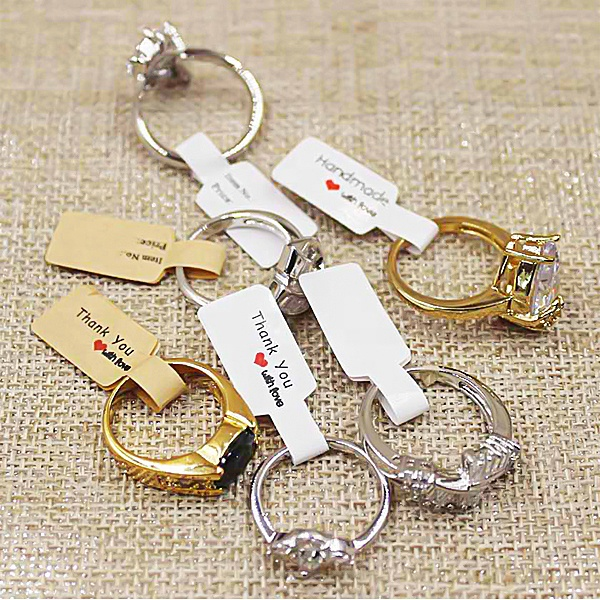RFID (Radio Frequency Identification) technology has indeed been playing a significant role in revolutionizing various industries, including the jewelry industry. Its applications have helped streamline processes, enhance security, and improve customer experiences.
But, how to track the jewelry based on RFID technology?
Tracking jewelry using RFID technology involves a few key steps. Here's a general overview of how the process works:
-
Choose the Right RFID System: Select an RFID system that suits your needs. This includes choosing the appropriate type of RFID tag (active or passive), frequency (LF, HF, UHF), and the read range required for your tracking application.
-
Tagging Jewelry Items: Attach RFID tags to each jewelry item you want to track. The tagging method can vary depending on the type of jewelry and the chosen RFID tag. For example, adhesive RFID labels might work well for some items, while small RFID chips can be embedded in others. Ensure that the RFID tags are securely attached to the jewelry and won't easily fall off.
-
Database Management: Create a database or inventory management system to store information about each jewelry item and its corresponding RFID tag. This database will link the physical jewelry to its unique RFID identifier.
-
Reader Infrastructure: Set up RFID readers at strategic points where you want to track the jewelry. These readers will communicate with the RFID tags and gather information about their locations.
-
Reader Configuration: Configure the readers to communicate with the RFID tags using the appropriate frequency and protocol. You'll also need to set up the readers to relay the collected data to your central database.
-
Location Identification: As jewelry items move within the read range of RFID readers, the readers will pick up the signals from the RFID tags and record their unique identifiers. By triangulating the signals from multiple readers, you can determine the approximate location of each tagged item.
-
Data Processing: The collected data is sent to your database, where it is processed and analyzed. This data can include the unique RFID identifiers, timestamps, and reader locations. This information allows you to track the movement of each jewelry item over time.
-
Visualization and Reporting: Use your inventory management software or a dedicated tracking application to visualize the movement of jewelry items on a digital map or interface. This can help you quickly identify any discrepancies or irregularities.
-
Alerts and Notifications: Implement alerts and notifications that trigger whenever jewelry items move beyond authorized areas or if any unusual activity is detected. This enhances security and helps prevent theft or loss.
-
Maintenance and Monitoring: Regularly maintain and monitor your RFID system to ensure proper functioning. Check for dead zones where RFID tags might not be properly detected and address any technical issues promptly.
-
Integration with Business Processes: Integrate the RFID tracking data with your existing business processes. This can include inventory management, sales, customer engagement, and more. The data you collect can offer insights into customer preferences and buying behaviors.
Keep in mind that the implementation of an RFID-based jewelry tracking system requires careful planning, testing, and optimization. The technology has its challenges, such as interference from metal and the need for proper tag placement to ensure consistent reading. However, with the right setup and technology, RFID can greatly enhance jewelry tracking, inventory management, and overall business operations.









